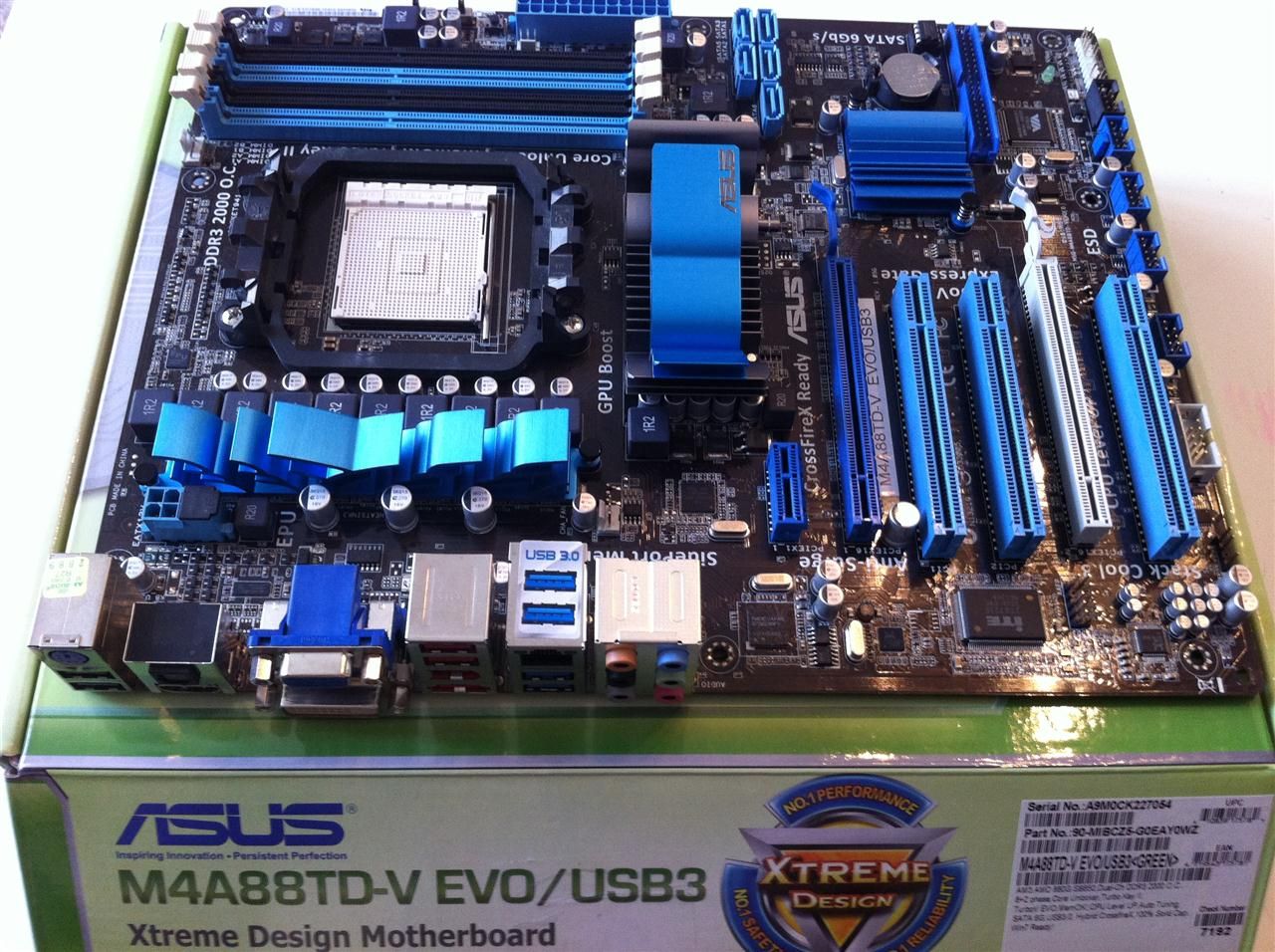

Below you can find a little chart showing the difference without hogging up a full page with explanations.Īs stated this chipset also includes native support for SATA 6Gb/s for aggressive RAID and SSD configurations and most motherboards are expected to include USB 3.0 support, employing the chipsets dedicated PCI express link and leading discrete USB 3.0 solutions. The 890GX and FX chipsets, the 870 and the 880G chipset. So there's no real crossfire support to be found here, unless you sincerely limit bandwidth.ĪMD now has a pretty extensive lineup of series 800 motherboards ready. But install one and it can utilize x16 PCIe lanes, install two and it will split into a X16 and a x4. The chipset allows you to utilize two full x16 graphics cards. The 880G has sufficient PCIe links available for your dedicated graphics (or other add-in cards), but is trimmed down though. It is the primary chip responsible for these functions, the FX (opposed to G) extension however indicates that there is no IGP embedded into this ASIC which the G and GX versions do have. The Northbridge chip primarily functions as a control HUB for your processor, memory and PCIe links towards your graphics chipset. Together they form the infrastructure for all standard devices, connectivity and interconnect bandwidth. The Northbridge chip, which is called the 880G and the paired (Southbridge chip) SB850. The AMD 800 series chipset consists out of two chips that are added onto the motherboard PCB. That's plenty enough for a motherboard of this caliber.So to understand this chipset from AMD, aimed at the more budget conscience PC user, all we simply need to do is tell you a thing or two about its features.

The motherboard has an 8+2 phase power circuitry.

To the right of the small blue heatsink we spot one 8-pin CPU power header, underneath the heartsick we see all solid core chokes, and quality capacitors catch the eye. When we flip the board around we stumble into the processor area, socket AM3. The HDMI connection is v1.3 (xvycc) and HDCP compatible by the way. You can also spot D-SUB (VGA), DVI and a HDMI connector all managed by the R4250 IGP. Then I count a total of six USB ports of which the blue colored ones are USB 3.0 (two), then one eSATA port, one Gigabit Ethernet port (nice) Digital audio in the form of optical TOSLINK connector, and then all the way to the right the analog audio connectors. Allow me to zoom in a little here as there's a lot to be seen.įrom left to right that's the old fashioned PS2/mouse keyboard connector.


 0 kommentar(er)
0 kommentar(er)
